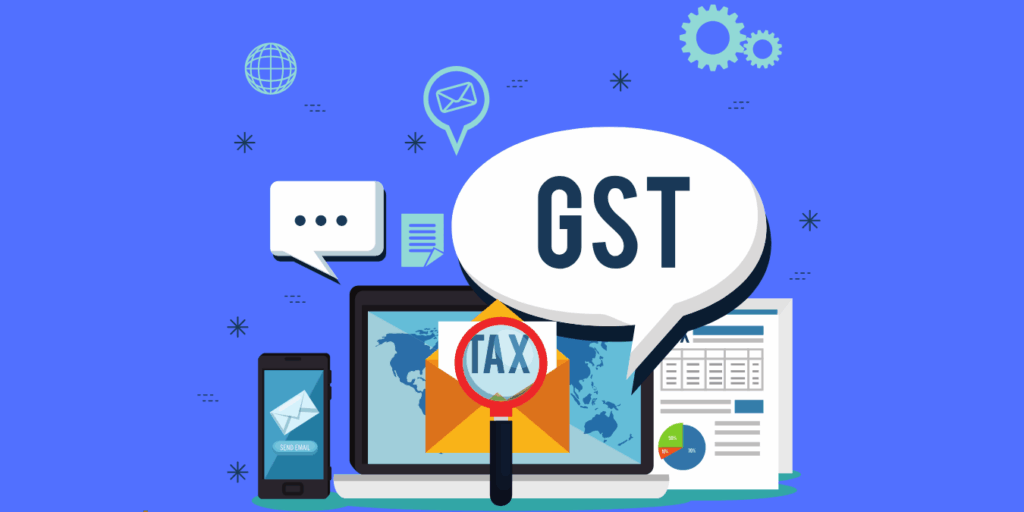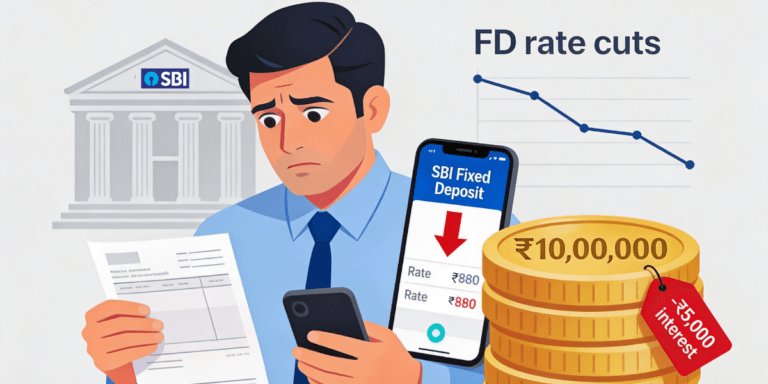
Why Do “Big, World-Class Banks” Matter More Than Ever?
India’s bold 2025 bank merger plans promise to reshape your financial future—but what hidden risks and surprises could disrupt your savings and credit access? Discover the untold story behind mega PSU mergers and why acting now might be your smartest move before the full impact unfolds.
What if India’s next banking giant hides a secret that could transform the economy—and your financial future? While you’ve heard the buzz about merging public sector banks (PSBs), the real story behind Finance Minister Nirmala Sitharaman’s recent confirmation of discussions with RBI and banks reveals surprising layers that most miss—and could dictate the shape of India’s economy for decades.
Why Do “Big, World-Class Banks” Matter More Than Ever?
The headline-grabbing announcement that India is gearing up to merge four smaller PSBs—Indian Overseas Bank, Central Bank of India, Bank of India, and Bank of Maharashtra—into banking titans like SBI, Punjab National Bank (PNB), and Bank of Baroda (BoB) may sound like financial housekeeping. But this is about creating powerhouses that can fuel India’s next phase of growth.
Here’s the twist: size alone isn’t the goal. It’s about global competitiveness, resilience, and faster credit flow in a rapidly evolving economy with diverse banking needs. The government envisions banks that not only survive—but lead innovation, drive infrastructure investment, and support tens of millions of new businesses.
How the Merger Plans are Shaping Up
- Union Bank of India and Bank of India merger: This move would birth India’s second-largest PSU lender, right after SBI. Combining extensive branch networks, capital bases, and client portfolios could create immense credit power for large-scale lending.
- Four smaller PSBs consolidation: Indian Overseas Bank, Central Bank of India, Bank of India, and Bank of Maharashtra are in talks to merge with bigger banks like PNB, BoB, and SBI, simplifying operations and strengthening financial health.
- These mergers aim for finalization within the financial year 2027, pressing urgency on regulators and banks to prepare for the operational complexities ahead.
Hidden Challenges Behind the Headlines
Bank mergers aren’t just about stitching balance sheets. They bring a host of hidden complexities:
- Cultural Integration: PSBs have different corporate cultures and operating styles. Harmonizing these internally while maintaining morale is critical but often underappreciated.
- Technology Synchronization: Legacy IT systems vary widely. Building unified, seamless digital infrastructures is vital but tricky, especially for customer-facing services like mobile banking.
- Customer Experience Risks: Merged entities require new checkbooks, ATM cards, and IFSC codes. Missteps in migration could disrupt millions of customers, risking dissatisfaction and trust erosion.
- Regulatory and Governance Balancing: RBI and government coordination must continue post-merger to ensure that risk management, capital adequacy, and compliance standards stay robust.
Why This Matters to You: Real-world Impact on Everyday Banking
- Expect better loan access and competitive credit options as larger banks wield more lending muscle.
- Potential for improved digital services and branch infrastructure due to streamlined operations.
- Some account holders may need to transition cards, cheque books, and IFSC codes affecting payment timelines.
- In the short-term, customers could face minor inconveniences but long-term gain from stronger banking partners.
The Bigger Picture: Why the Government is Pushing Hard on Mega Mergers
India’s financial ecosystem is at a pivotal point:
- Global Ambitions: India aims for banks that rank not just nationally, but on a global scale, attracting foreign investment and enabling cross-border business.
- Economic Resilience: Big banks can absorb shocks better. The 2008 financial crisis taught globally how critical strong banking backbones are.
- Infrastructure and Credit Growth: With billions earmarked for infrastructure, bigger banks can better finance large projects impacting millions of jobs and economic activity.
- Expanding Financial Inclusion: Larger banks with deeper reach can bring formal banking to underserved populations faster.
What Experts Are Saying
Leading economists and financial analysts emphasize that the success of these mergers hinges on execution more than intention. Past mergers show improved capital adequacy and profitability but also reveal pain points in operational integration and customer service continuity.
They stress the importance of government and RBI creating a robust ecosystem for these mega entities—beyond just a balance sheet stitch-up.
Actionable Takeaways for Investors and Customers
- Monitor announcements from SBI, PNB, BoB, Union Bank, and Bank of India for any changes to account services or new offers.
- Be prepared for new cheque books, cards, and IFSC changes. Keep communication channels open with your bank.
- For investors, these mergers could open opportunities in banking stocks as stronger entities emerge.
- Stay informed about RBI and government policies as they will guide the pace and nature of consolidation.
The Road Ahead: What’s Next?
The current round of bank mergers is just the beginning. Finance Minister Nirmala Sitharaman’s words underscore the urgency and scale of banking transformation aimed to be realized by 2027. These moves will see India's banking landscape shift from fragmented to consolidated powerhouses capable of leading a new economic era.
Will these mega banks rise as global champions or face insurmountable integration hurdles? The answer lies ahead—and India’s financial future depends on it. Stay tuned because the coming months promise developments that could redefine how you bank, invest, and grow with India.































